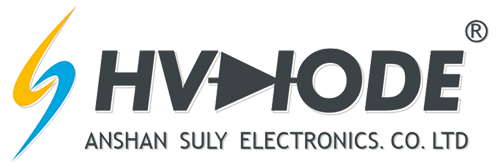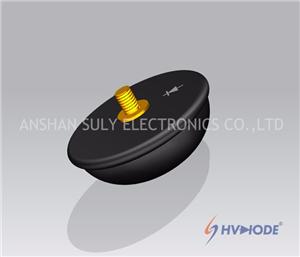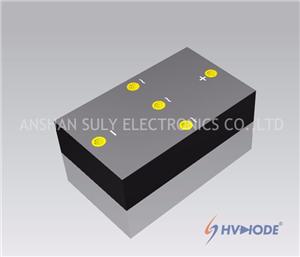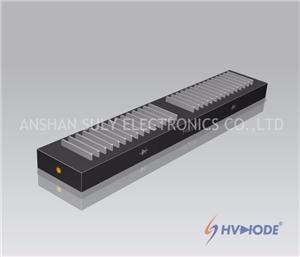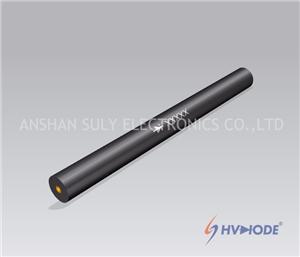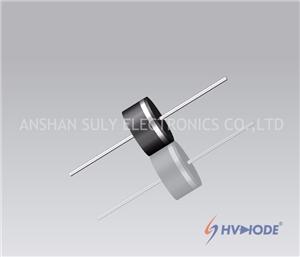- Home
- >
- News
- >
- Company News
- >
- E-Business and the Semiconductor Industry Value Chain
E-Business and the Semiconductor Industry Value Chain
1. During the past 30 years, the global semiconductor industry has experienced rapid rates of technological change, rising costs for production capacity and declining prices for final products.Not coincidentally, this period also has witnessed an increase in vertical specialization in semiconductor design and manufacturing, illstrated by the growth of fabless design and marketing firms and their manufacturing counterparts, foundries, that contract for the production of new product designs. During the past five years, increased vertical specialization has also been associated with an expanded role for equipment suppliers in developing new manufacturing process modules that integrate and complement the semiconductor manufacturing tools that they produce. Vertical separation of design and production of semiconductor components also has led to further specialization among design firms that create,license and trade design modules for use in integrated circuits (Linden and Somaya 2001)' Inthis paper, we examine the influence of Internet-based eBusiness applications on these trends and consider their effects on global production networks in the semiconductor industry. Although these trends began long before the development of Internet-related Business applications, the Internet appears to be accelerating vertical specialization and may provide a fresh impetus to design module trading among firms. At the same time, however, Internet applications should enable integrated semiconductor manufacturers to increase their competitiveness and efficiency,and we briefly consider the effects of the Internet on these firms as well Although the widespread adoption of eBusiness applications within the semiconductor industry is likely to accelerate the longterm trend of increased specialization throughout the industry value chain, the Internet appears to be a catalyst, rather than primary cause, for such structural change.Ultimately, new Internet applications are likely to reinforce many of the underlyingtrends that have shaped the evolution of the semiconductor industry for the past three decades. These trends will influence the location of employment, design and production, and technology development in the semiconductor design ,semiconductor manufacturing and equipment and materials industries.
2. Organization Of The Global Semiconductor lndustry Semiconductors in 2000 were a $204 billion global industry (SIA 2001), organized into a number of different product and geographic segments. But the basic sequence of operations required to fabricate semiconductor components is very similar across virtually all of these product segments (Figure 1 provides a schematic depiction). Individual semiconductor chip sare designed with the aid of advanced software and computer workstations. Chemicals, gases,and materials are combined in an intricate series of operations that utilize complex manufacturing equipment to produce wafers containing a large number of die, each of which (assuming that it does not suffer from fatal defects) forms the basis for a semiconductor chip.Individual die are cut from fabricated wafers, tested for defects, and assembled into complex packages that combine wire contacts with insulating material to form the finished semiconductor component.
Although semiconductor design activities are concentrated in specific regions of the United States (including such areas as Silicon Valley, CA; Austin, Texas and northwest Oregon), as well as in Europe and Japan, semiconductor manufacturing is more widely dispersed. Semiconductor chips are sold directly to end-users (e.g. DRAMs or embedded systems), but are more often used as intermediate inputs in electronic systems. The industries that provide manufacturing inputs -with the possible exception of product designs -and purchase finished semiconductor products are dominated by large, multinational organizations Semiconductors are usually classified by technological sophistication (ie., leading edge, trailing edge, etc.) and byproduct type (i.e., memory, logic, discrete devices, etc.)
2.1. The evolution of industry structure
Although a complete treatment of the history of structural change within the semiconductor industry is beyond the scope of this paper, a selective discussion of the industry s evolution is useful for understanding the implications of eBusiness for structura change in semiconductor production. For the first two decades of the computer and semiconductor industries, large integrated producers, such as AT&T and IBM, designed theirown solid-state components, manufactured the majority of the capital equipment used in the production process and utilized internally produced components in the manufacture of electronic computers and computer software that was leased or sold to their customers (Braun and MacDonald 1978). During the late 1950s, merchant semiconductor manufacturers entered the semiconductor industry in the United States and rapidly gained market share at the expense of the firms that produced both electronic systems and semiconductor components. Merchantproducers remain more significant within the U.S. semiconductor industry than in those of either Europe or Japan. Specialized producers of semiconductor manufacturing equipment also began to appear in the early 1960s.
During the 1980s and 1990s, hundreds of fabless semiconductor firms that design and market semiconductor components, relying on contract manufacturers called foundriesfor the production of their designs (the fabless/foundry business model), entered the industry. Fabless semiconductor firms serve a variety of fast-growing industries, especially personal computer sand communications, and seek to dominate their markets by offering more innovative designs
and shorter delivery times than socalled merchant semiconductor firms. Foundries, in contrast,are firms specialized in semiconductor manufacturing, but may also represent the more traditional integrated device manufacturers (IDMs) with excess fab capacity. A related structural change within the semiconductor industry has been the emergence of specialized design module providers, Electronic Design Automation (EDA) suppliers and systems houses that compete in the provision of intellectual property (IP) design blocks and systems- on-a chip (SOC) technology (Linden and Somaya 2001). This networked business model of design and manufacture competes with large integrated firms who have maintained their design and manufacturing capabilities.
Along with increased vertical specialization, consolidation has occurred within the semiconductor and semiconductor materials and equipment industries. As product lifecycles continue to shrink, especially in the computer and communications markets, fabless firms and integrated device manufacturers understand that it is often more economical to acquire, rather than internally develop, new technologies. Partnering with or acquiring design firms, or being acquired by an integrated device manufacturer (IDM) or other larger, fabless firm can help to facilitate product introductions or market entry.
(The Article is reprinted from‘E-Business and the Semiconductor Industry Value Chain: Implications for Vertical Specification and Integrated Semiconductor Manufacturers.’)

